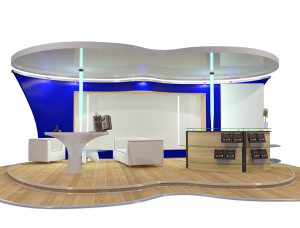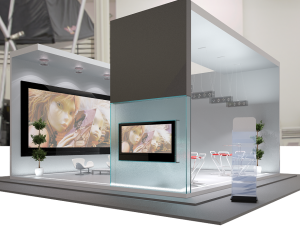This is the continuation of the article written by Emilie Barta on planyourmeetings.com
“NEED 7: Make sure they know what’s happening now and what’s coming up next so they can plan their schedules accordingly.
- Provide a detailed agenda of the day’s activities as soon as your registration opens.
- Use a customizable window on the virtual platform (if available) to list the day’s sessions, provide speakers’ social media IDs and website links (if possible) to help generate buzz and increase the size of the audience.
- Use the announcements feature on the virtual platform (if available) to remind audience members what’s coming up next.
- Provide teasers in the selected chat tools, both on and off the virtual platform, to continue the conversation and heighten anticipation for upcoming activities.
- Ensure virtual emcees (on-camera), virtual moderators (off-camera) and session speakers always introduce the next event so the audience is never left wondering.
NEED 8: Provide virtual viewers with tools they trust so they’re comfortable using them and use them often.
- Don’t use a tool that you think is “cool” or “cutting edge” if your audience doesn’t feel the same way.
- Provide training on proper usage of the tools before the event via a video tutorial, blog post, webinar, social media chat or some other form of tried-and-true-for-you” communication.
- Provide a brief “tool tour” during a virtual pre-show to remind the audience of its choices, where to find them on the virtual platform or their second screen, and how to use them throughout the event.
NEED 9: Constantly tell them how they can participate through visual and audio reminders, so they’re not at a loss for “words.”
- Provide constant information, explanation, moderation, conversation and reiteration through virtual emcees (on-camera), virtual moderators (off-camera), session speakers and technology tools.
- Remember that the virtual audience is always growing and evolving, so make sure that every time something is said it is said with the same enthusiasm as the first time.
- Take advantage of graphics and lower-thirds throughout the event since audiences retain more information by seeing it and hearing it at the same time.”
To read more, click here









